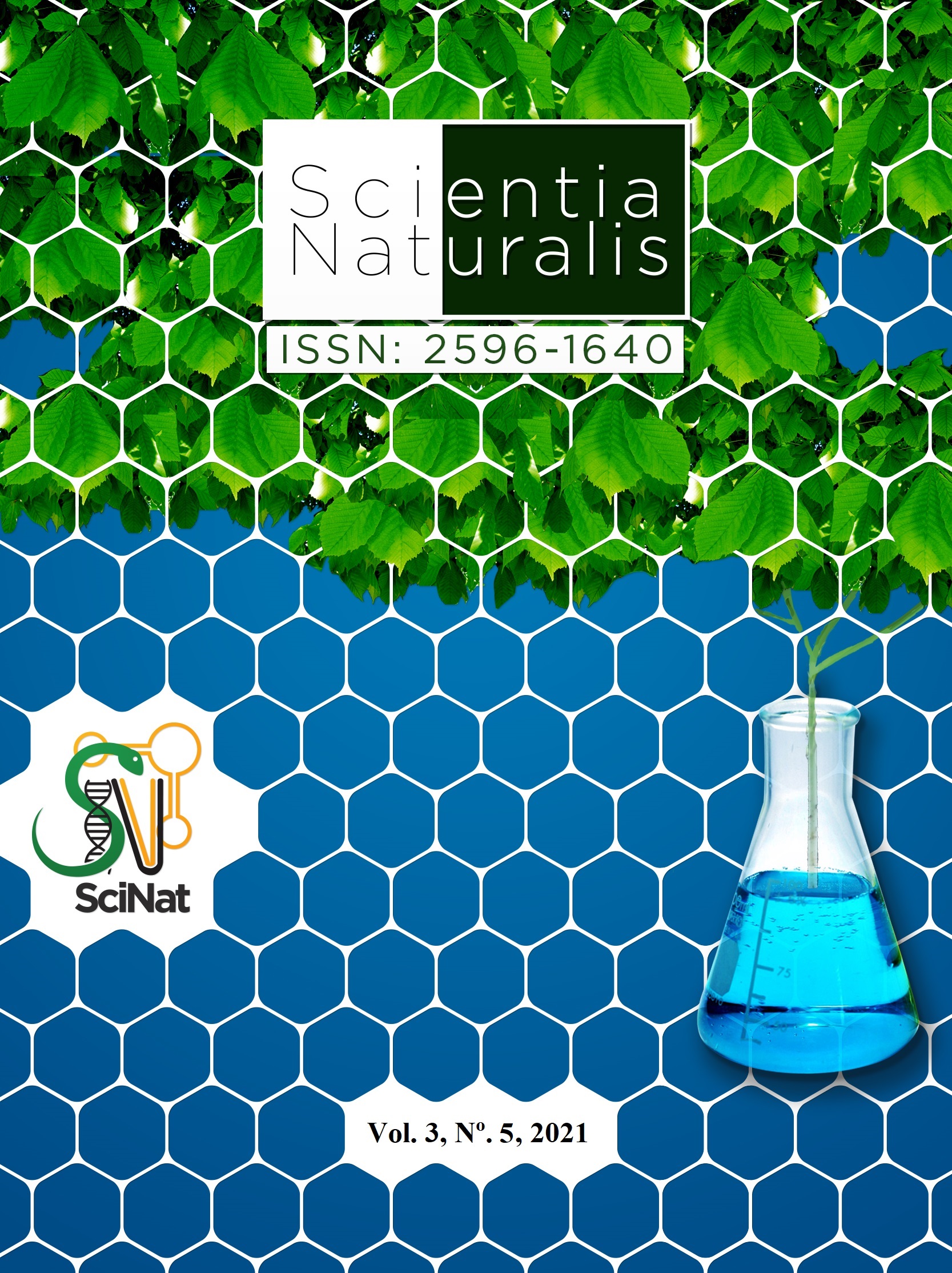Potential of bamboo (Bambusa vulgaris) in the treatment of domestic effluents
DOI:
https://doi.org/10.29327/269504.3.5-30Abstract
Water is a fundamental natural resource for the survival of living beings. However, with the pollution increase of watercourses through the release of untreated domestic effluents, this resource has become increasingly scarce in an adequate condition for consumption. In Acre state, most households do not have a sewage harvest system, and no treatment, which means that contaminating residues present in these effluents are improperly disposed of in soils and other watercourses. Considering this scenario, technological and sustainable research has been developed to treat sewage in loco. This study enabled the use of Bamboo (Bambusa vulgaris) in a controlled hydroponics system to treat domestic effluents. This method uses the plants as a filter to treat water and store contaminants inside their compartments (roots, rhizomes, stems, and leaves) or by immobilizing contaminants in natural and precipitated chelators. The experiment had two treatments (control and bamboo treatment). Fifty treatment modules were used, 20 cm apart from each other, containing a bamboo seedling in each module. Seven days after the installation of the experiment, the samples were collected from each tank (with and without treatment) for laboratory analysis. Parameters such as dissolved oxygen (DO), microorganism count values by the Most Probable Number (MPN), and quantification of metals and nutrients were evaluated for the characterization of domestic sewage. The phytoremediation treatment system proved to be efficient in removing or precipitating pollutants of domestic sewage, such as aluminum. The general average value of DO in the effluent of the system treated with bamboo was higher concerning the control treatment, while NPM was lower in the treated effluent compared to non-treated, indicating that the species Bambusa vulgaris has the potential to reduce microorganisms in contaminated sewage.




